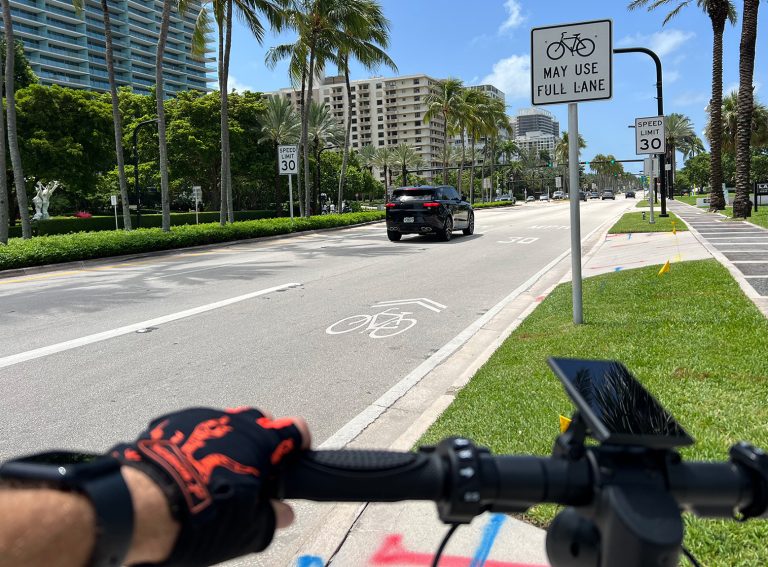Who didn’t feel a certain smugness when they first installed a dual-flush toilet? Turns out, it was a dud. Too leaky. We were promised new and better. We just got new.
The same story is emerging around plug-in hybrid electric vehicles (PHEVs). New! And better! Not so it seems, at least according to campaign group Transport and Environment. Carbon dioxide emissions are nearly three times worse than official figures, because drivers don’t recharge batteries and the cars fire up the combustion engine too often.
As PHEV followed the first types of hybrid, so dockless bikes came on the heels of London’s docked bikes. Services like Ofo and Mobike seemed to hold much promise for growing cycling in the city. But the clutter, vandalism and under-management of these schemes quickly earned black marks from many city authorities, and with Londoners.
We’re right, then, to be wary when unproven technologies and products tout their planet-saving credentials. So, to e-bikes and, most topically, e-scooters. On the face of it these new vehicles could provide new options for journeys of up to 10 miles that are lower carbon and healthier than sitting in a car, have negligible impact on air quality and take up little space on the road. What’s not to like?
I now have experience riding bikes, e-bikes, and e-scooters, and I’ve read a lot of the latest research. This is my top-level take across the key areas.
Buying an e-scooter is remarkably cheap; e-bikes not so. The middle of the UK market is about £350 and £2,000 respectively. Embodied carbon is not negligible but is pretty low, so lifetime carbon is far more driven by usage, unlike cars.
Privately-owned e-bikes and e-scooters are incredibly cheap to run, and have very low carbon emissions per mile. For shared e-scooter schemes, costs are far higher both in price and emissions, because of fleet servicing and less sensitive user behaviour.
Rider risks seem lower than many fear. In Stockholm, with more 12,000 e-scooters in play, there have been no serious injuries or deaths, according to the authorities. Here, the Met Police is pushing for compulsory helmets for e-scooters. Personally, the only perilous thing I’ve found has been indicating (which new bike riders also struggle with).
On frequency of use, healthy scepticism is certainly due. No-one, bar the suppliers, wins if low carbon vehicles are bought but left unused in the garage or hallway. The jury is very much out on owned vehicles when it comes to hard data. Here, the shared operators have the edge. Real-time use monitoring and tweaking deployment to maximise user per vehicle is part of their modus operandi.
What sort of journeys do e-scooters replace? The evidence is limited, mixed and still evolving. There are claims that e-scooters do reduce car use to a greater or lesser extent, especially in North America. In London, with our extensive public transport, any modal shift could well follow Stockholm’s example, where it’s bus journeys that take the hit. Physical activity levels could drop. But, even still, there might be benefits. Overall emissions per km for private e-bikes and e-scooters easily beat all public transport, according to ITF-OECD, and shifting passengers from buses creates space for others. So, overall a win? Perhaps so, at least in socially-distanced times.
Poor vehicle lifespans have been the root of much of the criticism aimed at e-scooter operators. But this rapidly-innovating industry is quickly finding improvements. I expect e-scooters, like e-bikes, will last years not months, even with heavy use.
As to impact on non-users, the key seems to be clear, enforced rules. Pavement riding should be eliminated, although not all cities have followed this line. Most seem to accept e-scooters as a logical part of the new micromobility ecosystem, with few downsides, as long as shared operators find ways to keeping parking orderly. And new micromobility vehicle types will emerge that cater to a very wide variety of users, including disabled people.
Overall, then, unlike the dual-flush loo and PHEVs, new micromobility technologies seem capable of living up to their promise. For this reason, Centre for London is backing the London Micromobility Alliance. This rapidly-growing group spans 20 organisations at time of writing, including mobility companies and active travel campaign groups. The Alliance will push for long-sighted regulation and management of e-scooters, e-bikes and the whole micro-vehicle ecosystem, to ensure that they have a fair chance of becoming a central part of how Londoners move around the city.
Pursuing solutions to the climate emergency while also managing the ongoing coronavirus crisis may rightly push us to consider new ideas that might help, like e-scooters. Cautionary tales of failed enviro-technologies shouldn’t stop us from innovating.
Rob Whitehead
Director of strategic projects at the Centre for London think tank.








